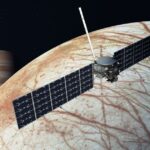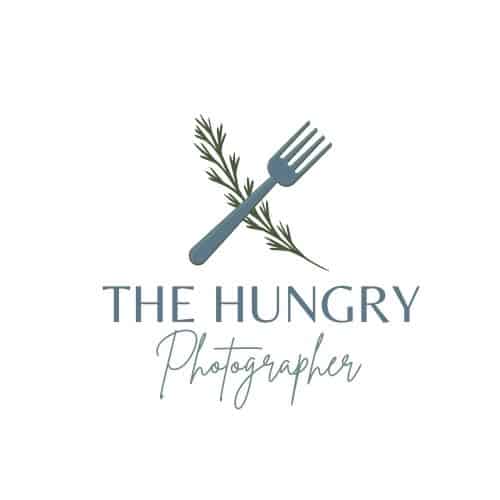NASA’s Hubble Space Telescope made a fantastic discovery. The telescope captured an image of the Tucana Dwarf galaxy, located about 3 million light years away from our Earth. Tucana Dwarf galaxy is located on the far edge of the Local Group of galaxies, which includes our Milky Way.
Hubble Space Telescope Captures Older Galaxy
The founded Tucana Dwarf galaxy is home to many old stars that could be present from the early universe. This makes it a valuable galaxy to extract the data for studying the early universe. Astronomers believe this galaxy contains traces from the early universe, giving us new information about galaxy formation. Stars in the galaxy are seen as bright, but they are quite dim due to their age.
Tucana Dwarf galaxy is known as a cosmic fossil due to its pristine properties. It is a dwarf spheroidal galaxy. This galaxy has remained the same for billions of years, smaller and less bright than other galaxies in the local group. It has very little dust and an older star population, which gives it a dim, light look. Hubble Space Telescope captures billions of shimmering stars against this galaxy’s dark backdrop of space.
Galaxy Tucana is located 3.6 million light years away from the local group’s center of mass. According to astronomers, this galaxy collided with Andromeda’s galaxy roughly 11 billion years ago, which caused it to be placed at the edge of a local group of galaxies. After the collision, gravitational forces would send smaller galaxies far away distance.

Importance of Discovery
Astronomers know that older stars are like time capsules. They have information about the early universe. Therefore, the discovery of the Tucana Dwarf galaxy is significant for many reasons. First, it could provide new valuable data about the early universe. By studying these stars, astronomers can learn more about the formation and evolution of galaxies.
Second, the location of the Tucana Dwarf galaxy is away from the other galaxies, so it has less gravitational force influence than other galaxies. This means its properties have remained relatively the same, providing a more accurate picture of the early universe.
A newly captured image shows stunning stars and the beauty and mystery of the cosmos, with billions of stars sparkling like diamonds against the dark expanse of space. This spectacular view reminds us of the vastness and complexity of the universe.
The discovery of the Tucana Dwarf galaxy also highlights the importance of space exploration and observation. The Hubble Space Telescope has been instrumental in expanding our understanding of the universe. Its ability to capture detailed images of distant galaxies has provided valuable data for scientists. This latest discovery is a testament to the telescope’s capabilities and the ongoing importance of space research.





